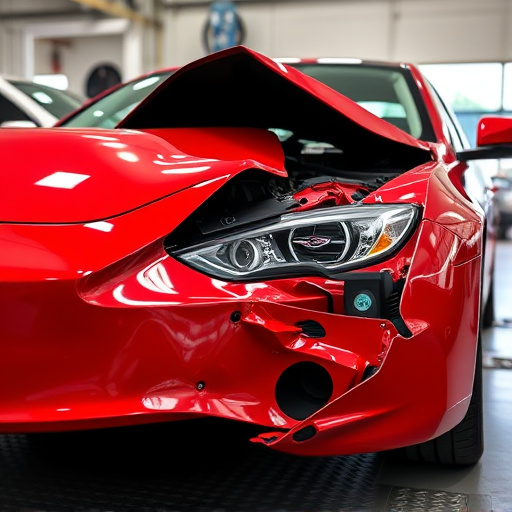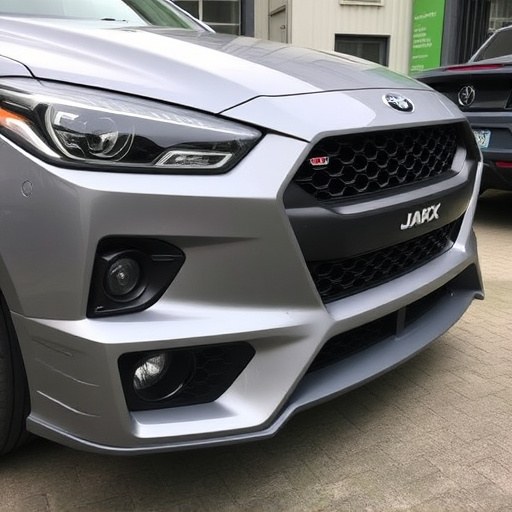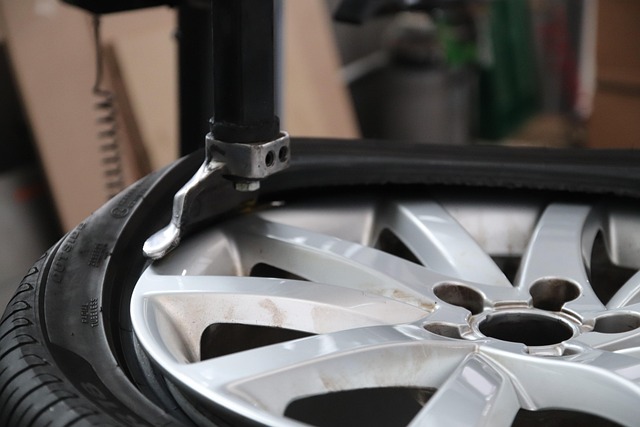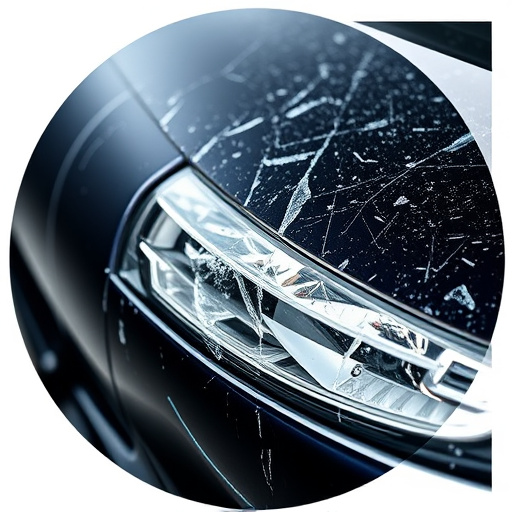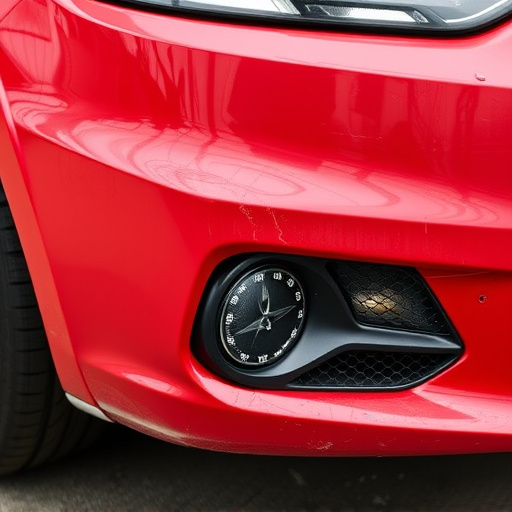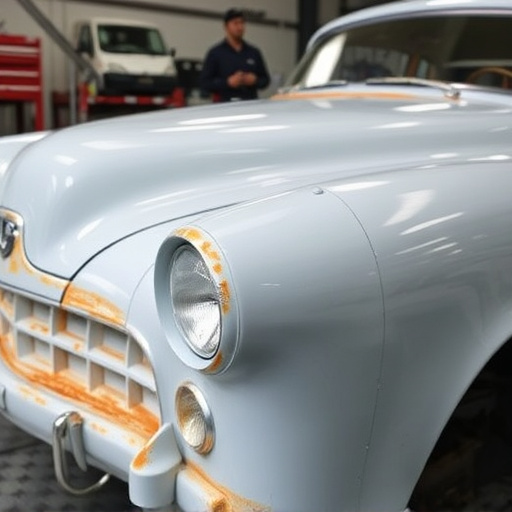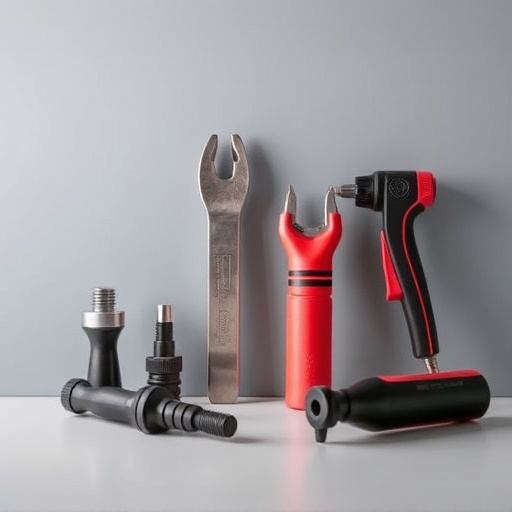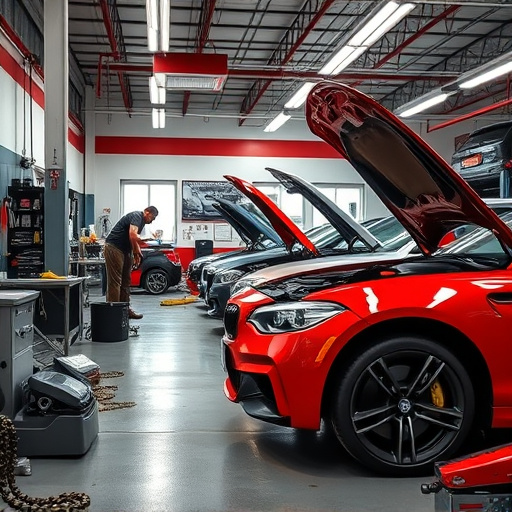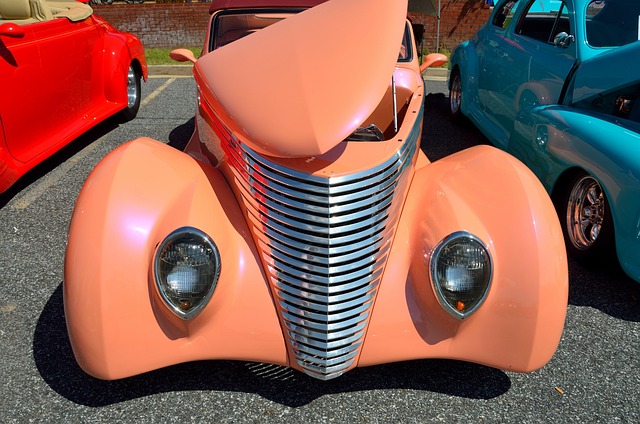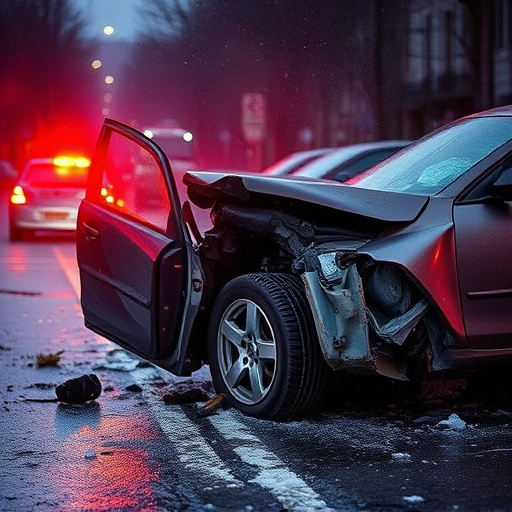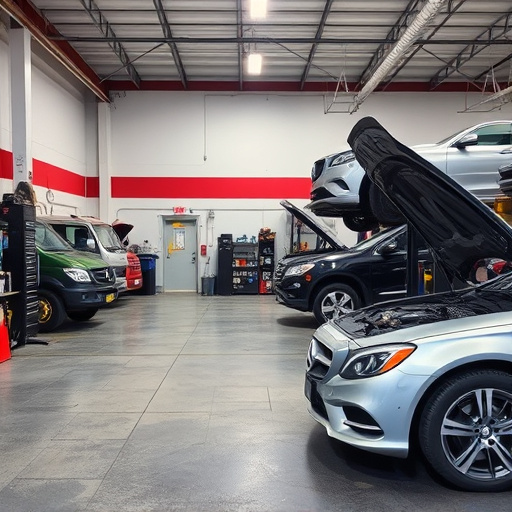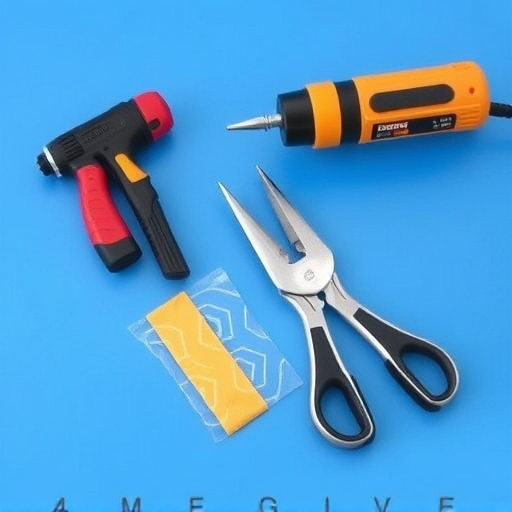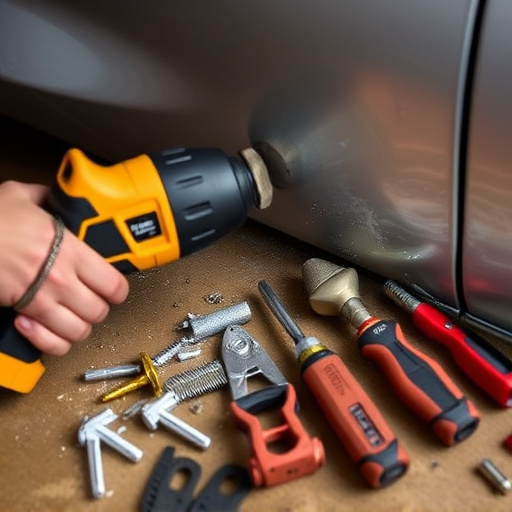Full-size truck collision repair demands a thorough damage assessment, including exterior and structural issues. Specialized tools and automotive expertise are vital for accurate repairs, ensuring safety and functionality. This process involves planning, tool gathering, part removal, dent fixing, painting, and safety measures to meet factory standards effectively.
New to truck restoration? This comprehensive beginner’s guide covers everything you need to know about full-size truck collision repair. From understanding common damage patterns to essential tools and a detailed step-by-step process, this article equips you with the knowledge to tackle repairs with confidence. Learn how to assess, prepare, and restore your vehicle to its pre-accident condition using industry best practices.
- Understanding Full-Size Truck Collision Damage
- Essential Tools and Equipment for Repair
- Step-by-Step Guide to Successful Truck Restoration
Understanding Full-Size Truck Collision Damage
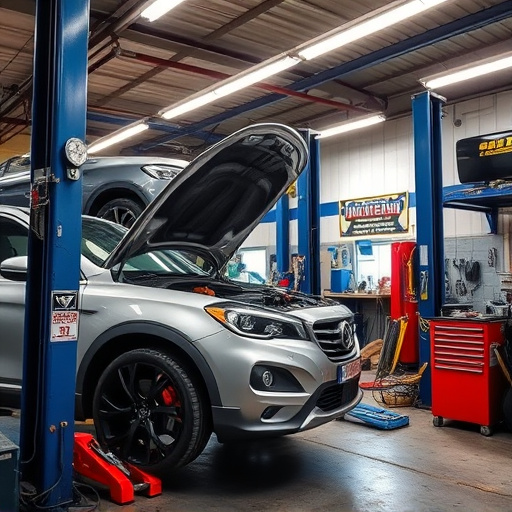
When it comes to full-size truck collision damage, understanding the extent of the issue is the first step in any repair process. These vehicles, due to their size and robust construction, often sustain significant impacts during collisions. Damage can range from visible dents and scratches to more severe issues like cracked or broken components, compromised structural integrity, and even damaged underbody systems.
Proper assessment involves a thorough inspection of every corner of the truck, including the exterior paneling, frame, suspension, and interior components. This process requires automotive repair experts who can identify hidden damage that may require specialized tools and techniques for effective car dent removal or more complex autobody repairs.
Essential Tools and Equipment for Repair
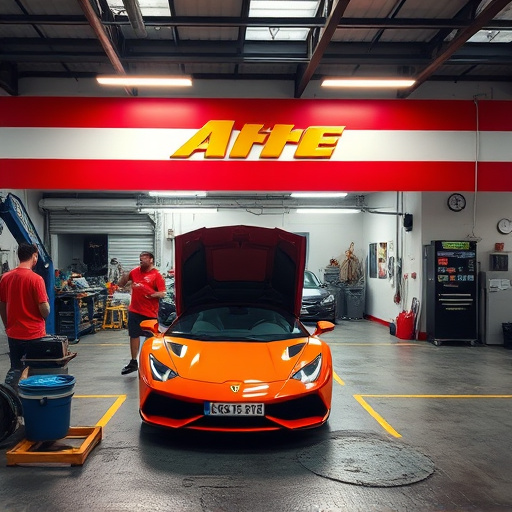
When diving into full-size truck collision repair, having the right tools is paramount. A well-equipped workshop forms the foundation for successful auto body services and ensures high-quality repairs that match or exceed factory standards. Essential items include a robust set of wrenches and sockets in various sizes, capable of handling different components; hammers and dolly sets for safe and precise metalworking; and an array of sandpaper from coarse to fine grit for smoothing and finishing.
Additionally, a spray gun for car paint services, along with appropriate ventilation, is crucial for applying professional-grade finishes. Don’t forget safety gear: goggles, gloves, and respirators protect you from debris, chemicals, and fumes during the repair process. An auto repair shop that prioritizes its equipment is better prepared to tackle any full-size truck collision repair with efficiency and accuracy.
Step-by-Step Guide to Successful Truck Restoration
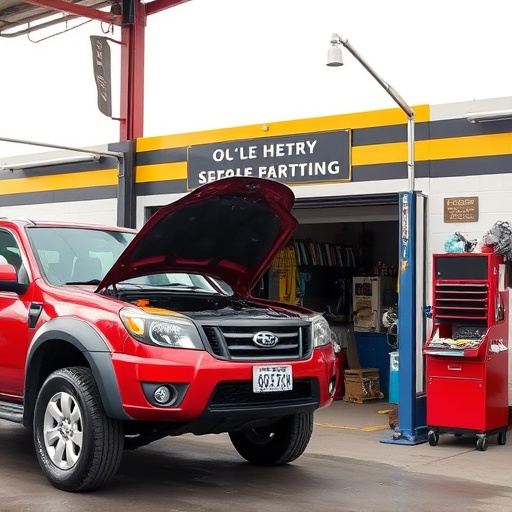
Embarking on a full-size truck collision repair journey can seem daunting, but with a structured approach, it becomes a manageable and rewarding process. Here’s your step-by-step guide to successfully restoring your vehicle’s bodywork after a crash:
1. Assess the Damage: Begin by thoroughly inspecting your truck to identify the extent of the damage. Note any dents, scratches, or cracks in the fenders, body panels, and other exterior components. This initial evaluation will guide your repair process.
2. Plan Your Repair: Prioritize repairs based on severity and structural integrity. Start with critical areas like the frame and safety features. Then, tackle visible dents and cosmetic issues such as fender repair or dent removal to bring back the vehicle’s aesthetic appeal.
3. Gather Tools and Materials: Ensure you have all the necessary tools for the job, including specialized equipment for dent removal and fender repair. Stock up on paints, primers, and body fillers that match your truck’s original color for precise color matching.
4. Safety First: Safety is paramount in any collision repair process. Put on protective gear like gloves, safety glasses, and a respirator mask to shield yourself from harmful chemicals and debris. Ensure the work area is well-ventilated to avoid inhaling toxic fumes.
5. Remove Damaged Parts: Carefully disassemble damaged panels for more accessible repairs. This step may involve removing doors, fenders, or other components to gain better access to hidden dents and damage.
6. Fix and Repair: Using the appropriate techniques, address each issue systematically. For dent removal, employ tools like putty knives, suction cups, or specialized machines to smooth out the dents without causing further damage. After removing all dents, move on to fender repair, ensuring proper alignment and tightening of all bolts and screws.
7. Prepare and Paint: Once repairs are complete, thoroughly clean the repaired areas and prepare them for painting. Apply primer to ensure even paint coverage and allow it to dry completely. Then, carefully spray or dip the truck’s body in its original color for a seamless finish.
Full-size truck collision repair is a complex yet rewarding process that requires knowledge, the right tools, and careful execution. By understanding common collision damage, equipping yourself with essential tools, and following a structured guide, beginners can successfully restore their trucks to pre-accident condition. With dedication and patience, mastering full-size truck collision repair not only saves costs but also empowers individuals to take control of their vehicle’s upkeep.
